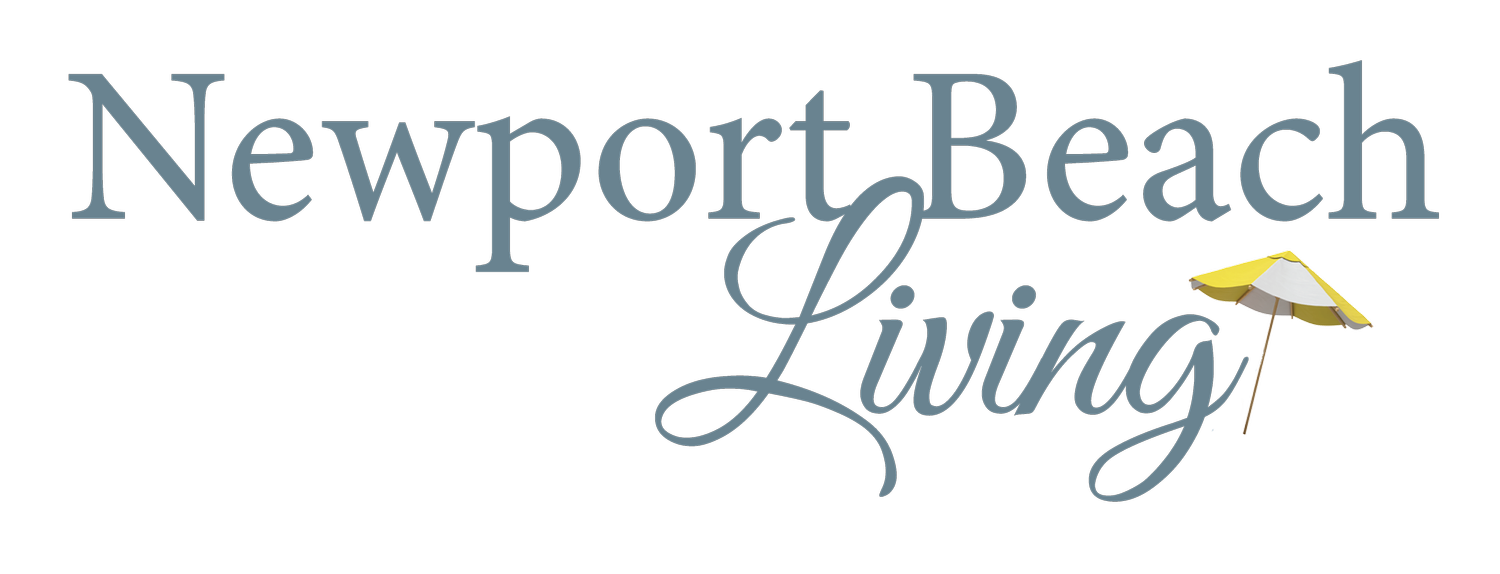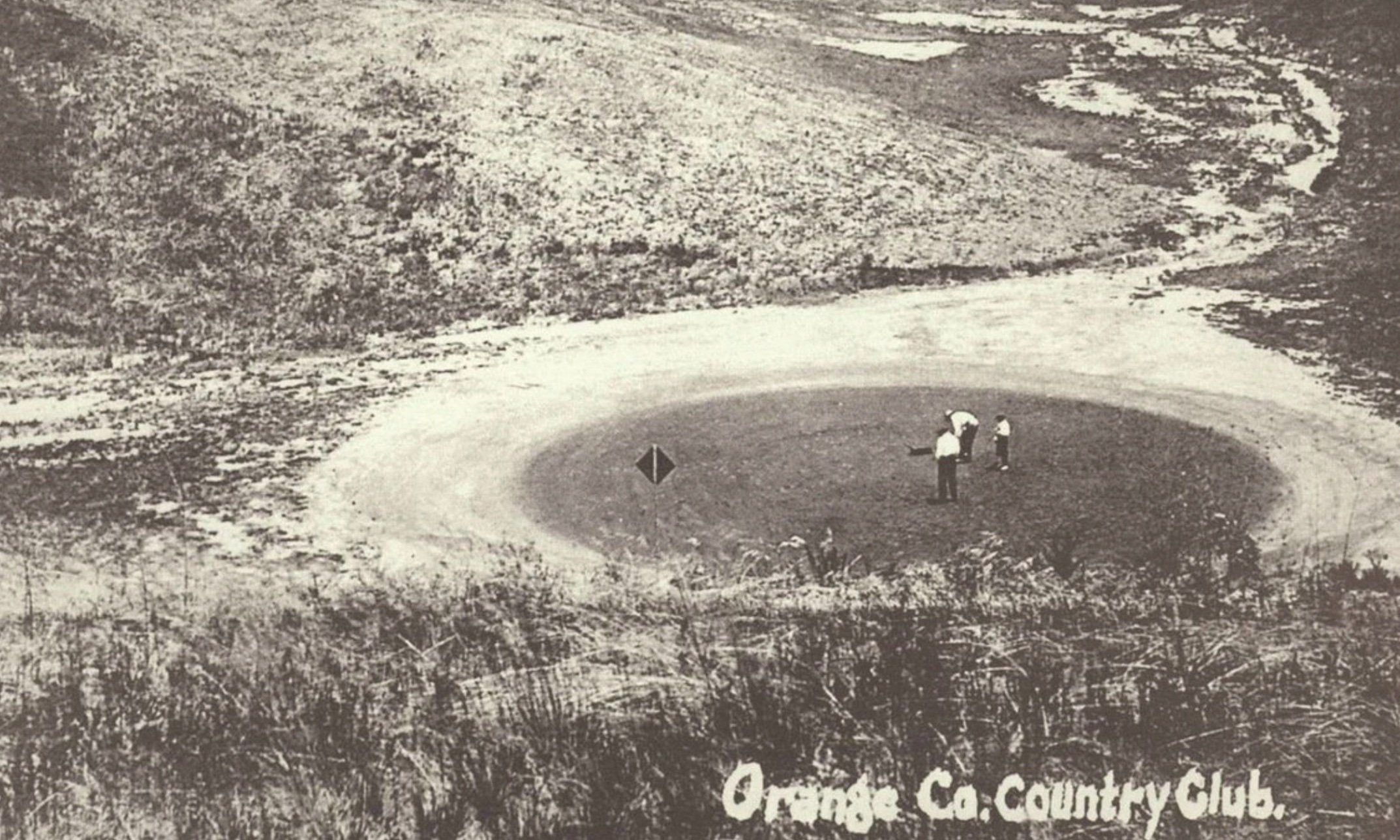The 9 Lives of the Castaways
By: William Lobdell
There’s no chunk of land in Newport Beach that’s more historic–and has been more malleable–than the Castaways. Its chameleon-like ability, fueled by its prime location overlooking the bay and ocean, has spawned many distinct eras–some historically critical, others largely forgotten, some lasting millions of years, others less than a decade.
In all, the Castaways has experienced nine fascinating lives. Let’s take a closer look.
Life No. 1: A Prehistoric Watering Hole. For millions and millions of years, the then-mighty Santa Ana River–and it was a rager–roared along the shores of the Castaways, eventually carving out the cliffs that frame Upper Newport Bay. Since the peninsula and islands of Lower Newport Bay didn’t exist until the mid-1850s, the Castaways was located at the intersection of the Santa Ana River and the Pacific Ocean, making the waters a friendly environment for mammals and marine life looking for food and drink.
Life No. 2: A Native American Stomping Grounds. The first tourists to Newport Beach arrived 8,000 years ago and, because of the mild weather and abundant wildlife, decided to stay. Not much different than the rest of us. The Native Americans, who called themselves Tongva but were named Gabrilinos by Spanish explorers, set up many villages in the area, including ones along Upper Newport Bay.
Sadly, by the mid-1800s, little trace could be found of Newport’s first residents. The Europeans–especially through the Spanish mission system in California–brought disease, stripped the Tongva of their land, and enslaved many of them.
If you want to get a sense of the Tongvas’ longevity in the Newport Beach area, here’s some context: They lived here for 800 centuries. We’ve lived here for one and a half.
Life No. 3: The Plymouth Rock of Modern Newport. The Castaways third life began on Sept. 10, 1870, when Capt. Samuel Dunnells steered his 120-foot steamer Vaquero into Newport Bay. The boat chugged the length of Newport Bay until it reached the Lower Castaway site. Dunnells promptly declared he had found a new port, and Newport Beach had its Plymouth Rock.
For two decades, Newport Landing, as it was called, thrived. But because of the many lives lost at Newport’s deadly harbor entrance, the port’s owners in 1890 built a wharf (where Newport Pier stands now) on the peninsula and moved operations there.
Life No. 4. An 18-Hole Golf Course. Orange County’s second golf course opened in 1914 on Upper Castaways. The course featured 18 holes over 5,700 yards and greens that consisted of packed sand covered with oil.
At the heart of the golf course was a swanky two-story clubhouse that stood on the bluff above Lower Castaways. After 10 years, the country club wanted to add grass to the course, but the Castaways property couldn’t provide enough water for an irrigation system. So the club decided to move to a location just off Newport Boulevard and rebrand itself to the Santa Ana Country Club, which is still in existence today.
Life No. 5: A Would-Be Oil Field. Beginning in the early 1900s, oil speculators–including Balboa Island developer W.S. Collins–began drilling wells on the Upper Castaways property, hoping to strike it rich as others did in West Newport and Huntington Beach. But despite some breathless news reports to the contrary, none of the wells turned out to be commercially viable. The last of the drilling was in the 1920s.
Life No. 6: A Trailer Park and Strip Center. In 1927, the Lower Castaways–the birthplace of modern Newport Beach–became … a trailer park with a small commercial strip center. The trailer park began in 1927 as simply Bay Shore Camp, a vacation destination that featured cabins, semi-permanent tents, camping spots, a pier, and a small general store. Camping was 25 cents, a cabin was a dollar a night. By the 1950s, the camping resort had evolved into the Bay Shore Trailer Park, a tidy little community consisting of about 30 permanent mobile homes.
Next to the Bay Shore Trailer Park was a small commercial center that started to take shape in the early 1930s. The businesses over the years included a Standard Oil Gas Station, Big Ed’s Bait and Tackle, a restaurant, a liquor store called Rod’s, and Wil Wright’s ice cream parlor.
In the late 1970s, CalTrans bulldozed the trailer park and commercial center to make room for a new Coast Highway bridge.
Life No. 7: The Castaways Restaurant. After the Castaways’ golf course era, a series of restaurants and nightclubs took over the golf clubhouse building on the Upper Castaways bluff. The Peacock Nightclub opened in 1934 and featured dancing until midnight.
Despite its picturesque location, restaurants there had trouble staying in business. But then came the Castaways Club, a tiki-themed restaurant and bar, which became wildly popular throughout Southern California, including among top movie stars.
In the early morning hours of Nov. 18, 1956, the restaurant burned down. It wasn’t rebuilt, but the name stuck. The Upper Castaways property would remain a vacant field for more than four decades.
Life No. 8: A residential neighborhood, nature park, and sports field. After the Castaways restaurant burned down in 1956, the Irvine Co., which had owned the Castaways from the jump, left the property as a giant vacant lot for nearly 40 years. That open space became a beloved part of the community, which made getting approval for any kind of development a tricky proposition for the Irvine Co.
But in 1993, the Irvine Co. unveiled a very clever strategy. If the City Council would pre-approve development plans for Upper Castaways, then the Irvine Co. would agree to a local ballot measure giving Newport Beach residents a chance to assess themselves $68 million to buy the land and keep it open space. Generally speaking, homeowners would have to pay $120 per year.
Measure A lost in a landslide 65% to 35%. Not long after election day, the bulldozers started to create a neighborhood of 120 Cape Cod-style homes called the Castaways, youth sports fields, and a 17-acre nature park where the Castaways restaurant once lived. As a part of the deal, the Irvine Co. gave Lower Castaways to the city.
Life No. 9: A Future Historical Park. With any luck, the Castaways’ ninth and final life will be as a historical park that celebrates the origins of modern Newport Beach. Right now, the “park” is basically a bayfront storage area with office trailers, shipping containers, storage racks for outriggers, all atop gravel, plus a primitive boat ramp.
For Lower Castaways, there are endless options that would pay proper tribute to historic Newport Landing and the site's other uses as well, while offering traditional park amenities. Let’s form a task force that includes folks from the Newport Beach Historical Society, the Balboa Island Museum, and any other local history-minded residents. Lower Castaways should live its best life.
William Lobdell is an award-winning journalist and host of the local history podcast, “Newport Beach in the Rearview Mirror,” which can be found on Apple Podcasts and Spotify. Follow him on Instagram: @Newport_in_the_Rearview_Mirror.

